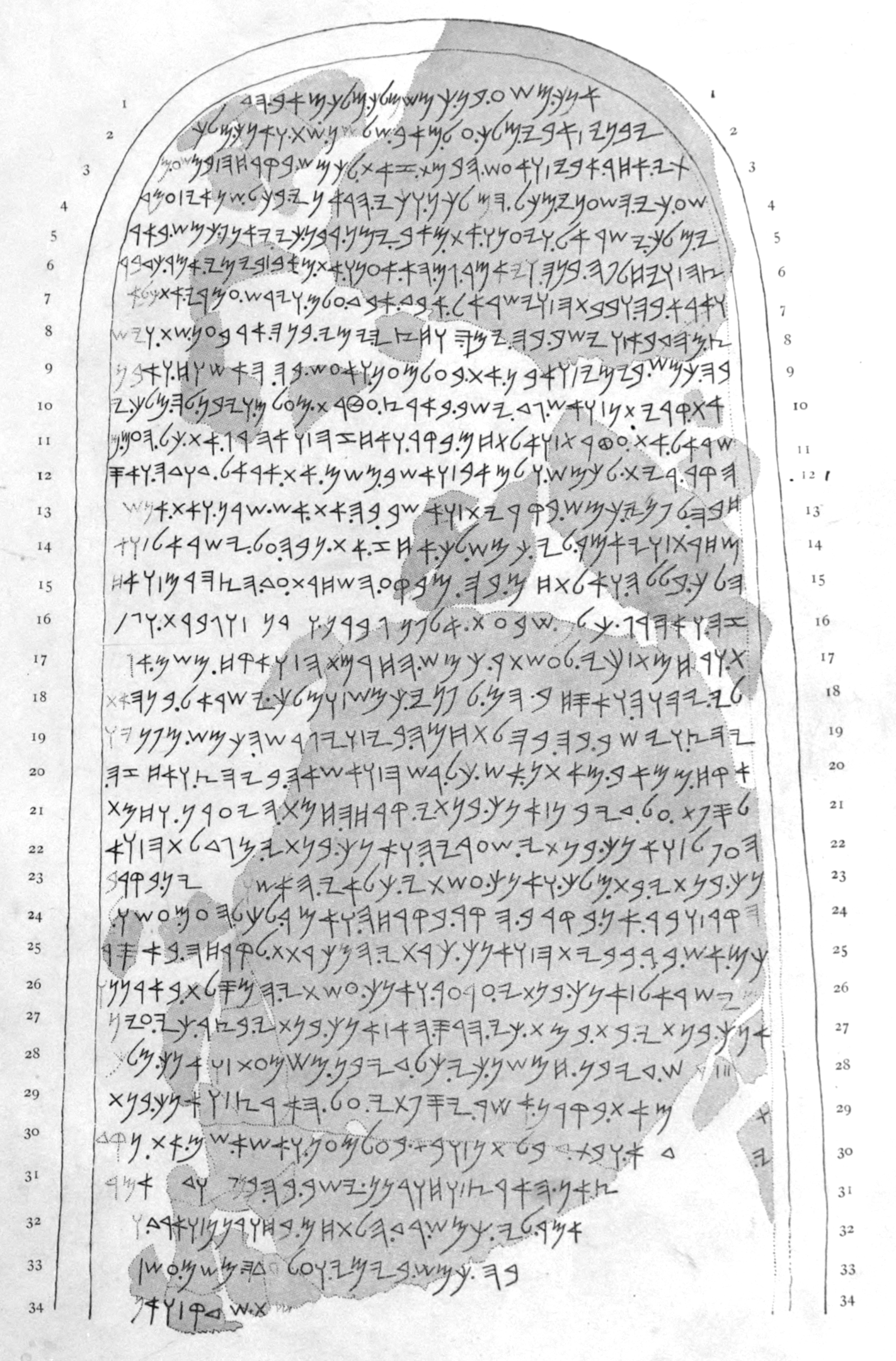In the ninth century BCE, King Mesha of Moab set up a stela in his capital Dibon. It chronicled his military victories over his enemies, including Israel and possibly Judah, called the “House of David.” Unfortunately, the portion of the stela that might mention King David of the Bible—as the founder of Judah’s dynasty—has been damaged, which makes the reading of the “House of David” uncertain.
Before the Mesha Stele was damaged in 1869, a squeeze (paper-mache impression) of the inscription was made. New photographic evidence of the squeeze and the stone itself has convinced some scholars that it does indeed mention the “House of David,” the dynasty established by King David of the Bible….
[André] Lemaire and [Jean-Philippe] Delorme believe that the reference to the “House of David” can now be confirmed. Lemaire originally proposed this reading in 1994, and new photographic evidence of the stela and squeeze adds weight to it. Lemaire and Delorme describe the new images:
In 2015, a team from the West Semitic Research Project of the University of Southern California took new digital photographs of both the restored stela and the paper squeeze. The team used a method called Reflectance Transformation Imaging (RTI), in which numerous digital images are taken of an artifact from different angles and then combined to create a precise, three-dimensional digital rendering of the piece. This method is especially valuable because the digital rendering allows researchers to control the lighting of an inscribed artifact, so that hidden, faint, or worn incisions become visible. In 2018, the Louvre Museum also took new, high-resolution backlit pictures of the squeeze, where light was projected directly through the 150-year-old paper to provide a clearer view of the ancient letters it records.
h/t G. Heath King
For Lemaire and Delorme’s article, see here.






Leave A Comment